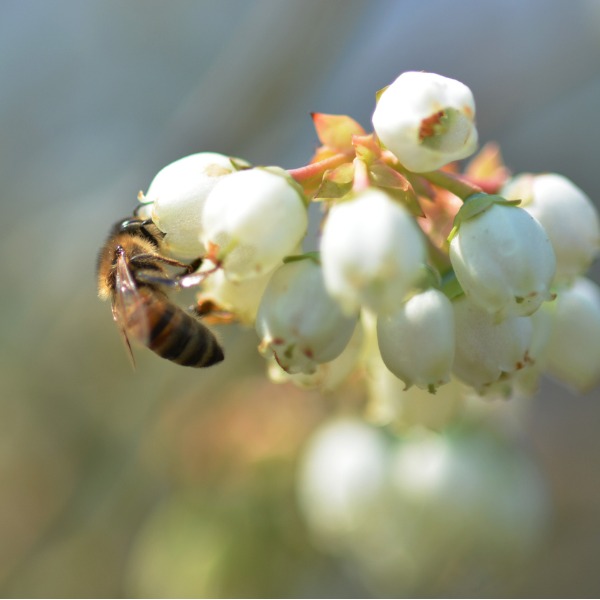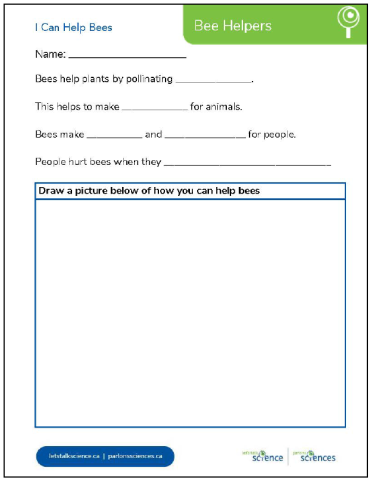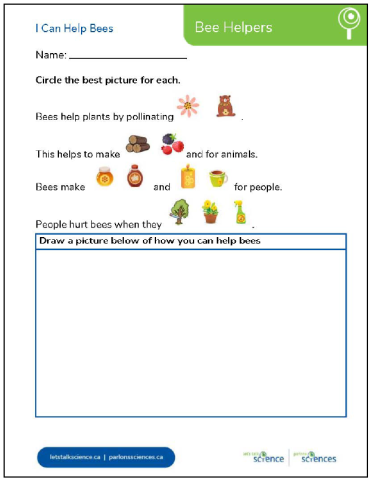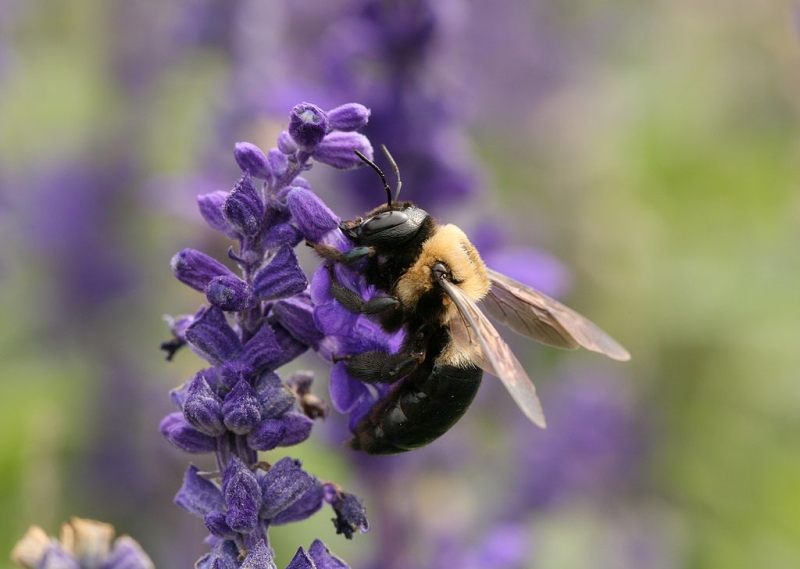Bee Helpers

Bee pollinating blueberry flowers (odyphoto, iStockphoto)

Bee pollinating blueberry flowers (odyphoto, iStockphoto)
How does this align with my curriculum?
Curriculum Alignment
ON
K
The Kindergarten Program (2016)
14. demonstrate an awareness of the natural and built environment through hands-on investigations, observations, questions, and representations of their findings
AB
4
Science 4 (2023)
Living Systems: Understandings of the living world, Earth, and space are deepened by investigating natural systems and their interactions.
AB
1
Science 1 (2023)
Living Systems: Understandings of the living world, Earth, and space are deepened by investigating natural systems and their interactions.
NU
1
K-6 Science and Technology Curriculum (NWT, 2004)
Life Systems: Characteristics and Needs of Living Things
NT
1
K-6 Science and Technology Curriculum (NWT, 2004)
Life Systems: Characteristics and Needs of Living Things
AB
4
Science 4 (2023)
Earth Systems: Understandings of the living world, Earth, and space are deepened by investigating natural systems and their interactions.
PE
6
Integrated Curriculum Grade 6: Science (Draft 2023)
DK 1.1: Living things depend on each other to help keep our planet in balance.


